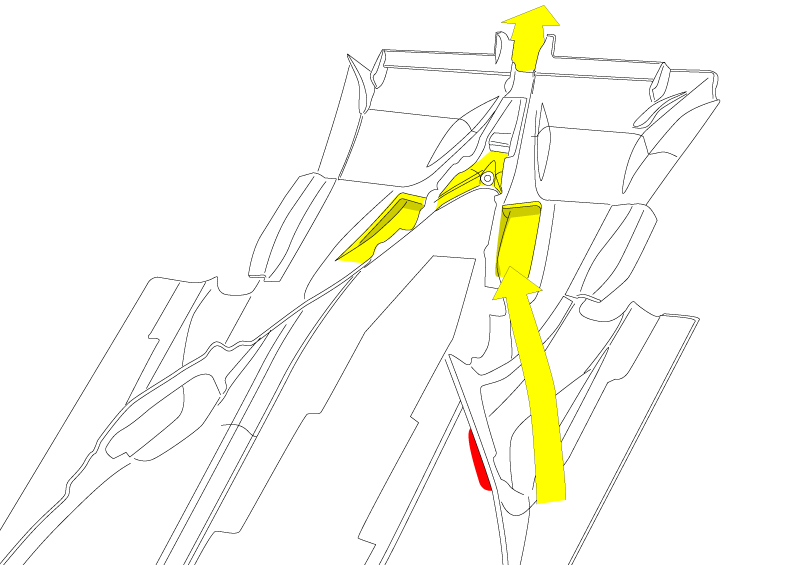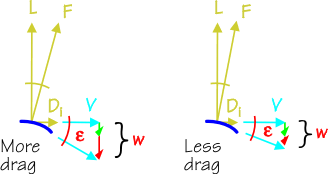Cam wrote:
Actually, this link has probably explained the principle, along with examples, better than I could have imagined.
Good I'm glad you like it, but I fear, that this is exactly the opposite of what the teams try to do.
The Aviation concept of blown flaps/wings tries,in a nutshell, to create as much lift as possible at an forward velocity as low as possible. (STOL etc.)
The "beauty" of an aircraft wing in general is, that he can morph/change/adapt to the task at hand. Using slats, slots, leading and trailing edge flaps whatever, to try and create the optimum lift at the condition at hand.
They are using a change of "camber" (curvature of the wing profile) and change in effective lift surface for a given wing span (AR) to account for low speed conditions (take off & landing), then as the velocity/speed of the aircraft builds, they can reduce this parameters, to maintain the lift they need (which is governed by the weight/mass of the aircraft).
F1 tries to do the opposite, they have a "high lift (downforce) configuration by default, and try to make it shed, as much drag as possible at higher speeds, without being able to do what aircraft's do.
That would be the equivalent to design an airliner (Boeing, Airbus etc.) who can take off & land safely and then try to make it cruise at high speed with all flaps (leading and trailing edge) and spoilers in max. lift position - no aircraft designer in his right mind would try to do that (nor does he need to).
Both applications are on polar opposites, therefore looking at the solution common in aviation, may does not lead to the answers you are looking for.
Aircraft wings in high lift configuration (highly cambered wing) tend to stall due to a lack of forward speed, therefore they try to increase the flow velocity around/over the wing/flap etc.
F1 tries to "stall" (even if I think, that this term is misleading) their wing (trying to reduce the lift/downforce it produces and thereby the drag which comes with that lift) at increasing speed.
I don't think, they suffer from flow separation at high speeds,therefore they don't want to delay it, they try to "create" controlled flow separation, to kill off some lift/downforce at higher speeds and the lift induced drag which comes with it.





